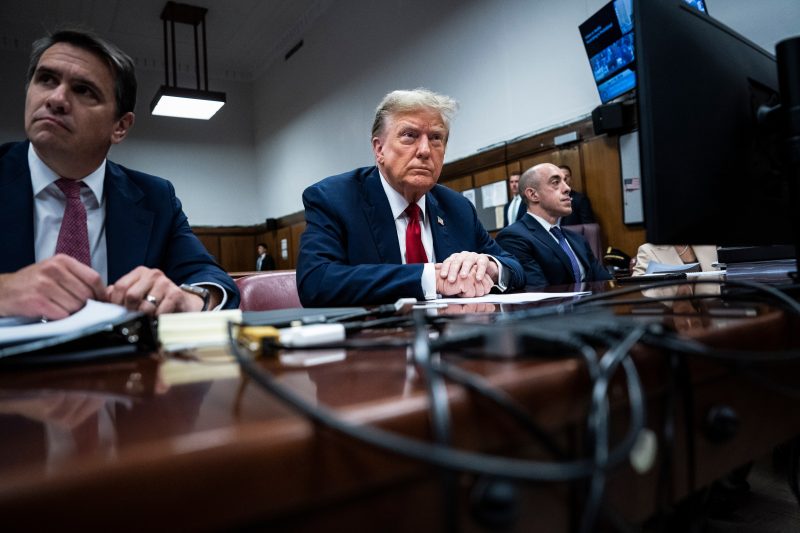In the world of modern politics, the utilization of social media as a powerful tool for communication, influence, and legal strategy has become increasingly prevalent. With the rise of digital platforms such as Twitter, Facebook, and Instagram, political figures have recognized the potential of social media in shaping public opinion and advancing their agenda. One individual who has harnessed the power of social media to a remarkable degree is former President Donald Trump.
Throughout his time in office and beyond, Trump has deployed social media as a legal cudgel, using platforms like Twitter to communicate directly with his supporters, criticize opponents, and even make policy announcements. By leveraging his large and devoted online following, Trump effectively circumvented traditional media channels and delivered unfiltered messages to the masses. This direct approach not only bolstered his image as a political outsider but also allowed him to control the narrative surrounding his presidency.
One of the key strengths of Trump’s social media strategy was its ability to provoke reactions and drive engagement. By posting controversial and attention-grabbing tweets, Trump was able to dominate headlines, generate buzz, and keep the spotlight firmly on him. This strategy was particularly useful in distracting the public from negative news coverage or shifting the conversation in his favor. In many ways, Trump’s social media presence served as a constant source of political theater, keeping the American public on edge and amplifying his influence.
Moreover, Trump’s adept use of social media as a legal cudgel was evident in his ability to rally his supporters and mobilize them in his defense. Whether facing impeachment proceedings, legal challenges, or public scrutiny, Trump consistently turned to social media to rally his base, solicit donations, and push back against his critics. This direct line of communication with his followers not only galvanized his support but also enabled him to shape public opinion and exert pressure on his adversaries.
Despite the undeniable power of Trump’s social media presence, it also proved to be a double-edged sword. His unfiltered and often inflammatory tweets frequently landed him in hot water, leading to accusations of spreading misinformation, inciting violence, and violating platform policies. Ultimately, this tumultuous relationship with social media culminated in Trump’s unprecedented suspension from major platforms like Twitter and Facebook following the Capitol riot in January 2021.
In conclusion, Trump’s deployment of social media as a legal cudgel highlights the evolving role of digital platforms in modern politics. By harnessing the reach and immediacy of social media, Trump was able to communicate directly with his supporters, drive the political agenda, and shape public perception. However, this strategy also exposed the risks of relying too heavily on social media, as evidenced by the backlash and consequences faced by Trump in the aftermath of his presidency. Moving forward, the legacy of Trump’s social media tactics serves as a cautionary tale for political figures seeking to wield the power of digital communication in the pursuit of their goals.

